Have you ever tried to grow something practical in your garden? Not just pretty flowers, but something that you would really use in life.
What about edible flowers and plants? I bet you have heard about it and probably even tried at least once.
The best edible flowers and plans you can grow in your garden
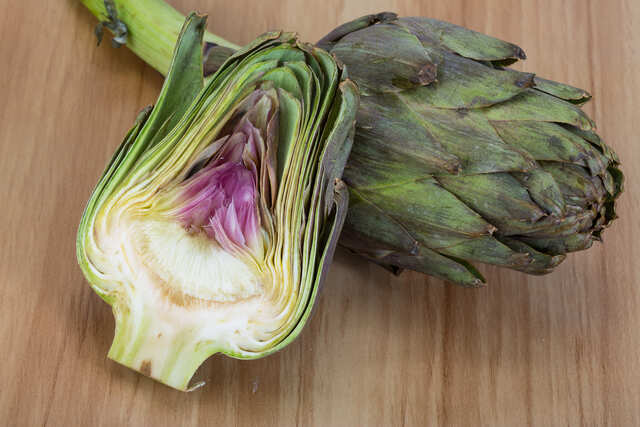
Edible flowers and plants are beautiful and delicious. They can serve as a pleasant gift, lovely decoration for your garden or even add some flavour and colour to your dishes.
This post will teach you everything you need to grow your very own bouquets of edible beauty, from choosing the right flowers or plants to planting and watering them.
What do Edible Flowers Taste Like?
These beautiful flowers not only smell great, but also taste amazing. In fact, many people prefer eating flowers over sweets or chocolate because they’re healthier and cheaper.
Some of them are sweet, others are sour, there are even spicy ones. Edible flowers are becoming increasingly popular as an addition to different dishes and desserts.
Benefits of edible flowers
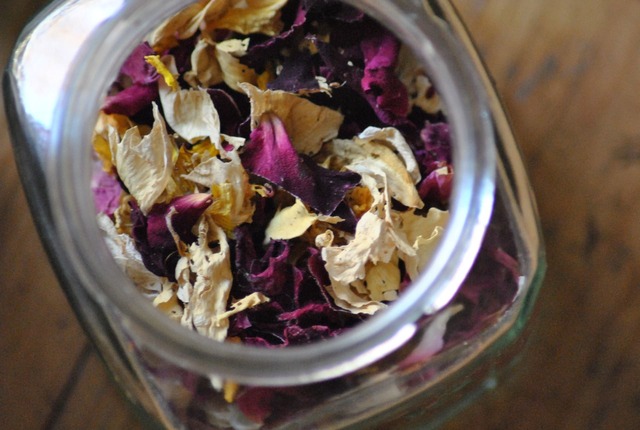
Growing your own edible flowers will not only save you money, but will provide you biologically with active substances like vitamin A, C, riboflavins, niacin, minerals such as calcium, phosphorus, iron and potassium.
It lowers the risk of certain health problems like cancer and heart disease. They’re healthy, eco-friendly, and not too expensive.
How to Grow Edible Flowers
Choose the right spot for your plants. To grow edible flowers choose an outdoor place that gets a lot of sunlight.
Watering plants is vital. Water your plants regularly, especially during dry seasons.
Fertilise your plants once a month. You should use a fertiliser that has nitrogen, phosphorus, potassium, calcium, magnesia, sulphur, borax, copper, zink, magnesium, iron, and chlorine in it.
Maintain a clean environment around your plants. This helps prevent diseases and pests.
When harvesting your flowers, cut your plants just above the soil surface. Don’t pull them out of the ground.
Keep your harvested flowers in a cold room until you’re ready to use them.
Edible Flowers and Plants for Your Garden
Here is the list of the best edible flowers and plants you can easily grow in your garden.
Roses
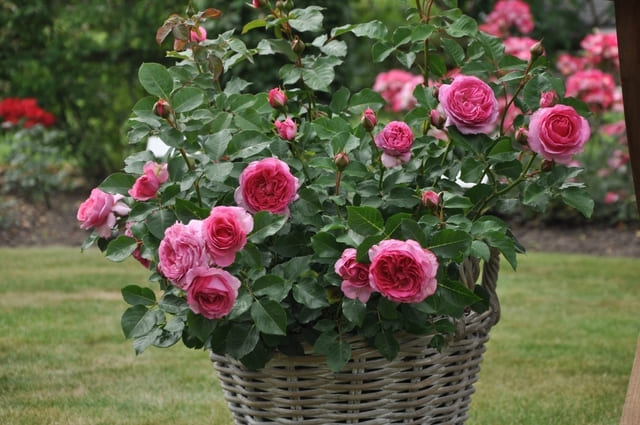
There is a variety of edible roses you can plant at home. The most common are Blanc Double de Coubert, Lady of Shalott, Crown Princess Margareta, Alba.
Roses leaves can be used to make a delicious caffeine-free tea.
Rose hips can be used in rosehip jelly or to make sweet syrups, sauces, marmalade and compote. Rosehip contains a big amount of vitamin C as well as vitamins B1, B2, PP, K.
Rose buds are commonly used in tea as a flavouring.
Rose tea has been used for centuries in traditional Chinese medicine to treat menstrual pain and to improve physical and mental well-being.
Calendula
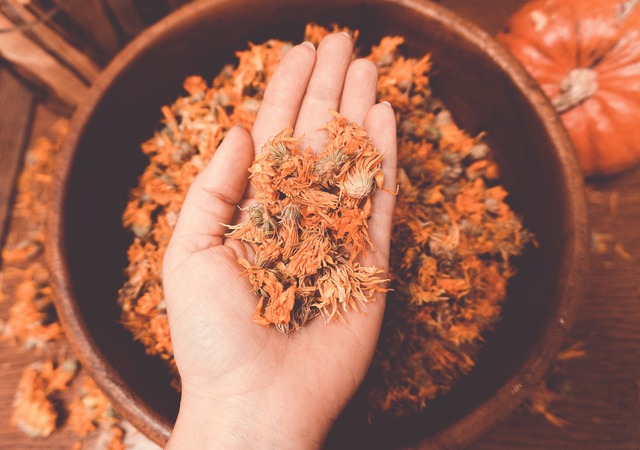
Calendula is one of the most popular edible flowers in the world. In addition to its culinary uses, calendula is used medicinally to treat wounds, bruises, cuts and burns.
This flower is rich in antioxidants and vitamins C, E, B6, K, and A.
Calendula flowers are mainly used to make cookies and tea, both cold and hot. It’s beautiful, delicious, easy to cultivate, and reseeds itself every year.
Honeysuckle
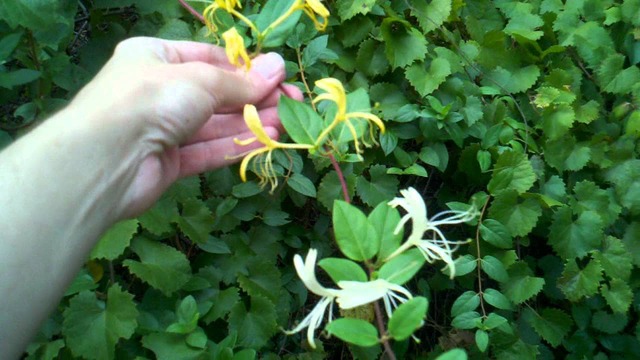
Honeysuckles are one of my favourite flowers. I love seeing them in bloom.
Have you heard about honeysuckle ice cream? It tastes delicious. The flavour of honeysuckle is complex with notes of apple, banana, cherry and pear.
And like honey, it can be used to add sweetness to many desserts, at least as long as the short season allows.
Chamomile
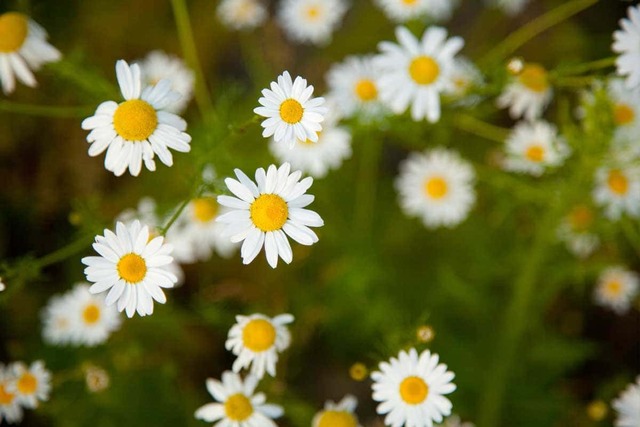
Who does not like Camomile tea? It is widely known for reducing anxiety, irritable bowel syndrome symptoms, symptoms of depression, treating diabetes, lowering blood sugar and so much more.
Chamomile tea has been shown to be effective at helping people to fall asleep. It’s better to drink your chamomile tea 30–45 min before going to bed.
This gives your body time to metabolise the chemical compounds that make chamomile an effective sleep aid.
Nasturtium

All parts of the nasturtium plant are edible: flowers, leaves, stems, and young seed pods.
Both the leaves and the flowers have a peppery, spicy flavour which you can add to green salads. It is a wonderful source of vitamin C, potassium, calcium, iron, magnesium, phosphorus, zinc, copper, manganese, and folate.
Why not add the nasturtium to the soup? Also you can make Nasturtium Pesto Pasta and use nasturtium instead of basil.
Bread is a staple food in every household. Add nasturtium to bread to make it healthier.
Artichokes
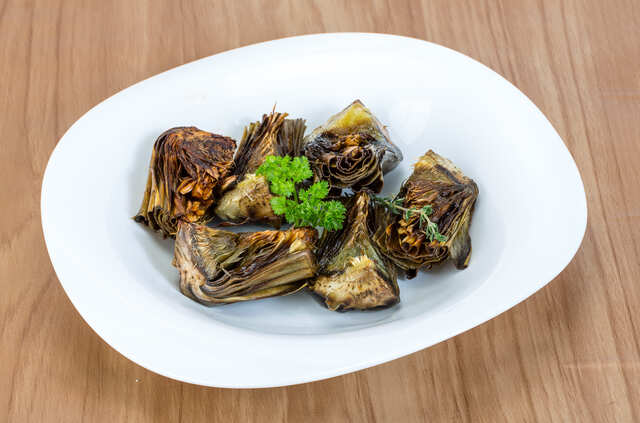
Artichokes are one of my favourite vegetables. They are delicious and nutritious. I often serve them as an appetiser or side dish.
They are low in calories and high in fibre.
Artichoke soup looks nice and tastes even better. And takes only half an hour to make.
If you’re a fan of extra cheesy pizza, you’ll love spinach artichoke pizza.
Beans
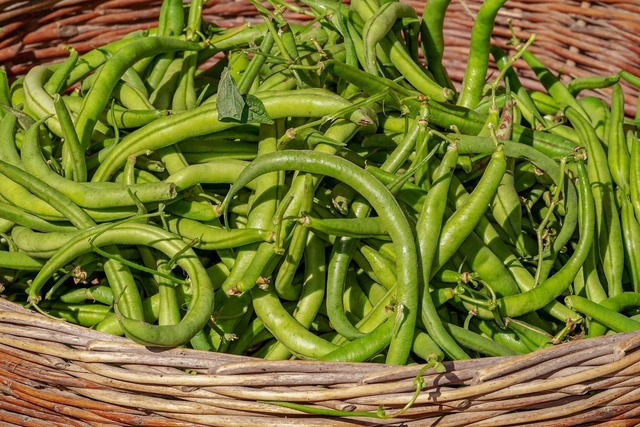
There are many types of edible beans: black beans, cranberry beans, dark red kidney beans, great northern beans, green baby lima beans.
They are inexpensive to grow and can provide a big source of food for your family.
Beans are low in saturated fats and cholesterol. You can make so many things out of beans. Bean salad, chilli con carne, black bean dip, kidney beans with rice and so on.
Onion and Garlic
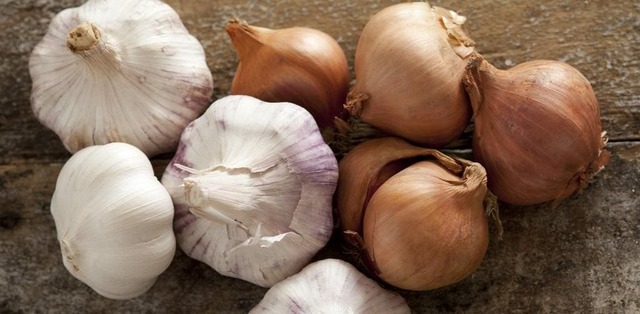
Onions and Garlic are two of the most popular vegetables grown in gardens.
They are used in cooking and salads, and they are also beneficial for health. Onions and garlic contain antioxidants, vitamins, minerals, fibre, and phytonutrients.
You can literally add it to any of your favourite dishes. It can be used in soups, salads, sandwiches, pasta dishes, stews, casseroles, dips, sauces, breads, pastries, desserts, and much more.
Blueberries
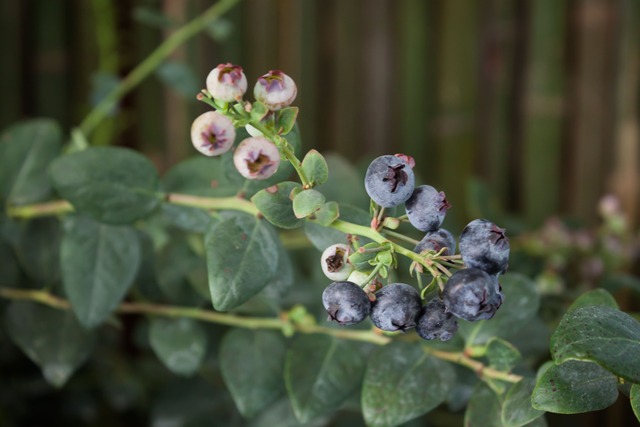
Blueberries are among the easiest plants to cultivate in the garden. They don’t require much care and produce delicious berries every season.
It will be a great addition to any of your desserts or fruit salad. You can also freeze the blueberries for later consumption if you have too many.
Plus, you can always add it to the smoothie, yogurt or freshly made pancakes. Yummy.
Fig
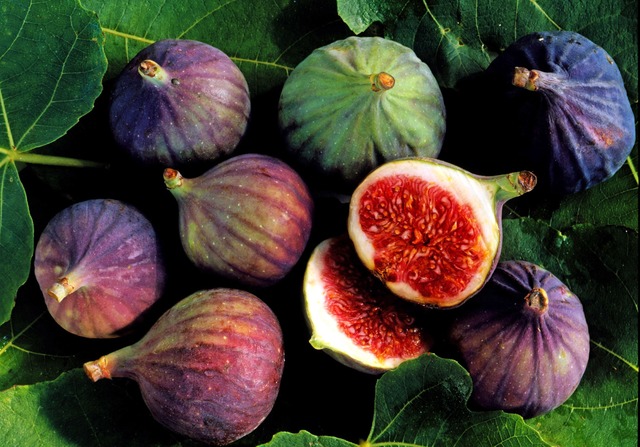
You don’t need to be an expert gardener to grow fig trees. They’re relatively easy to buy and plant!
They may improve your digestive health, lower your risk of heart disease and diabetes, and help you control your glucose levels.
Figs are one of nature’s most delicious fruits. They are sweet, juicy, and packed with fiber.
Cakes, puddings, jams, and tarts which are made with figs are the most delightful.
Conclusion
Growing your own vegetables and fruits will save you money, give you fresh products all year round, and allow you to control exactly what goes into your meals.
Moreover, it’s fun to grow your own food.
Good luck!